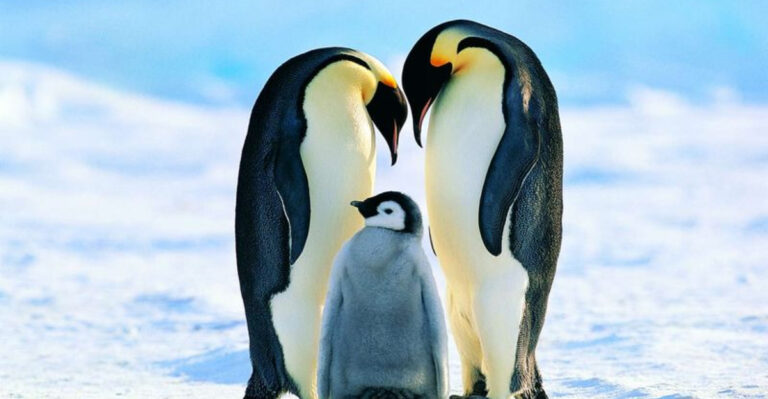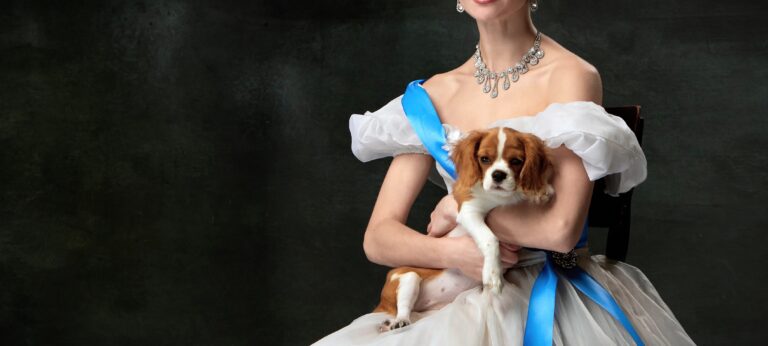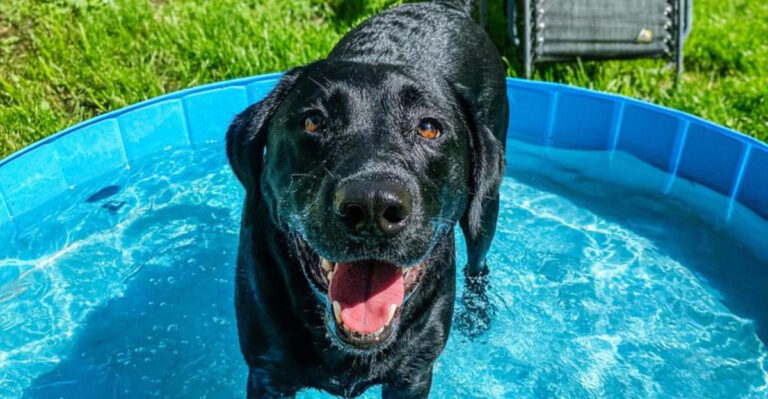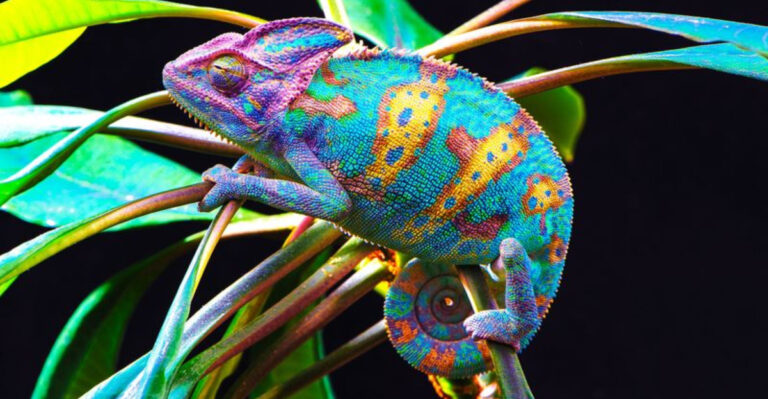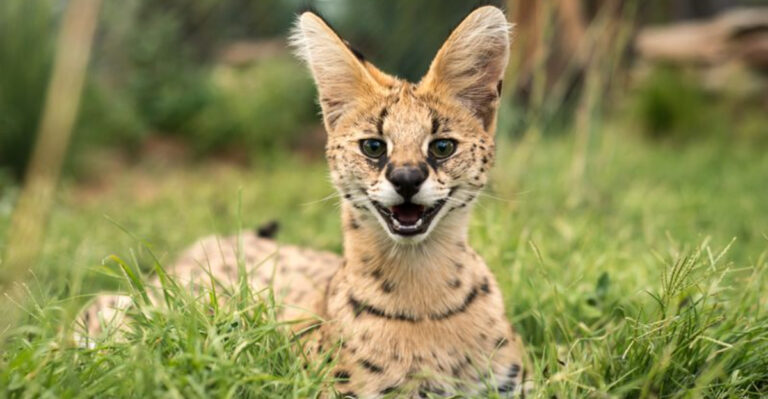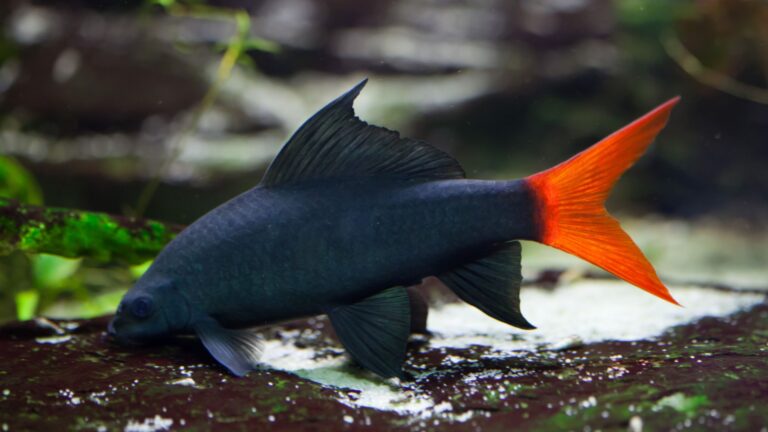9 Cat Breeds That Originated In The U.S. (And 5 That Have Mysterious Origins Still Debated Today)
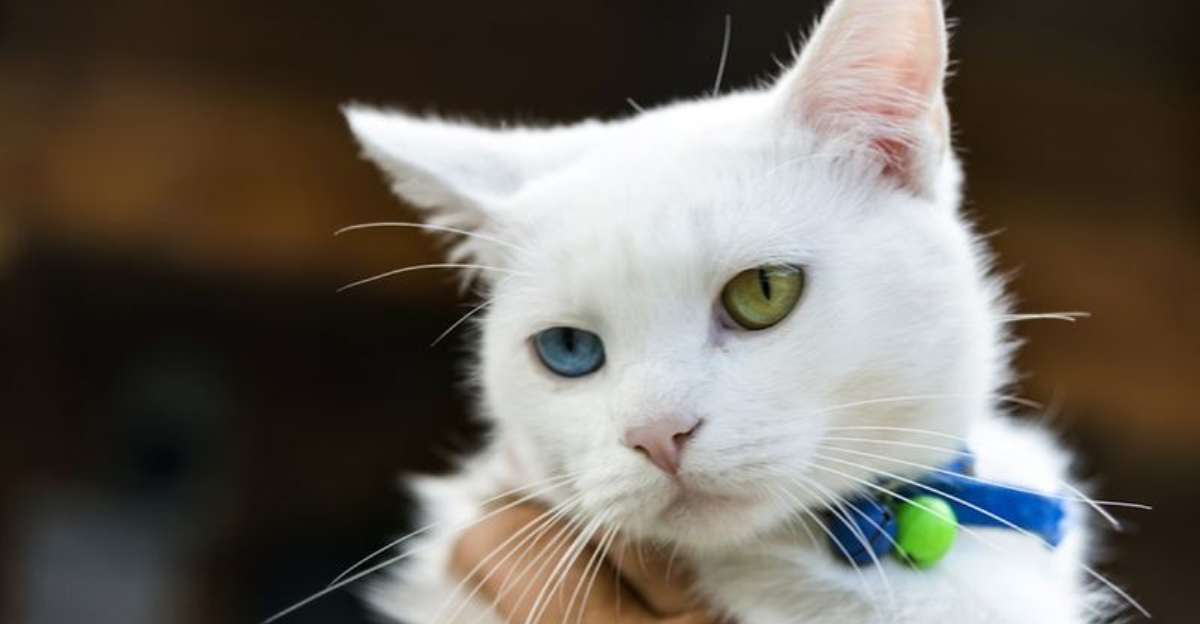
Ever wondered which fuzzy felines are truly American-made? While many cat breeds have ancient histories in faraway lands, several popular kitties were actually born right here in the USA.
Even more fascinating are those mysterious breeds whose origins remain clouded in debate among cat experts.
1. Maine Coon: America’s Gentle Giant
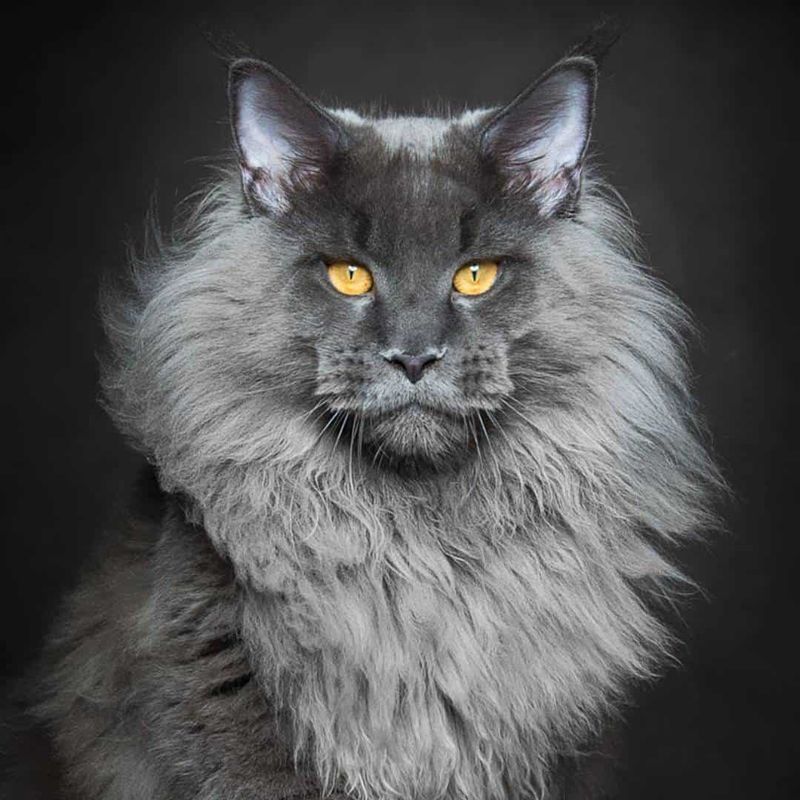
These magnificent forest cats are America’s original longhaired breed. Sporting tufted ears and bushy raccoon-like tails, Maine Coons evolved naturally in the harsh New England climate.
Their water-resistant coats and large, snowshoe-like paws helped them survive brutal winters. Despite their imposing size—males can reach 18 pounds—they’re famously gentle and playful, earning them the nickname “gentle giants.”
2. Ragdoll: California’s Floppy Feline
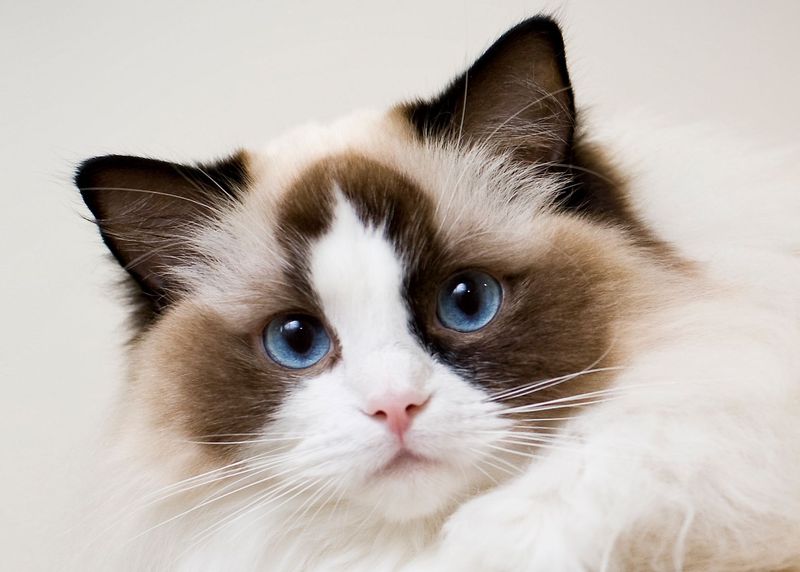
Born in 1960s California, Ragdolls were created by breeder Ann Baker. Named for their tendency to go limp when picked up, these blue-eyed beauties are impossibly relaxed.
Their development began with a white cat named Josephine, who supposedly produced exceptionally docile kittens after an accident. While that origin story sounds like a feline fairy tale, the breed’s placid temperament and striking colorpoint patterns are very real.
3. American Shorthair: The Colonial Companion
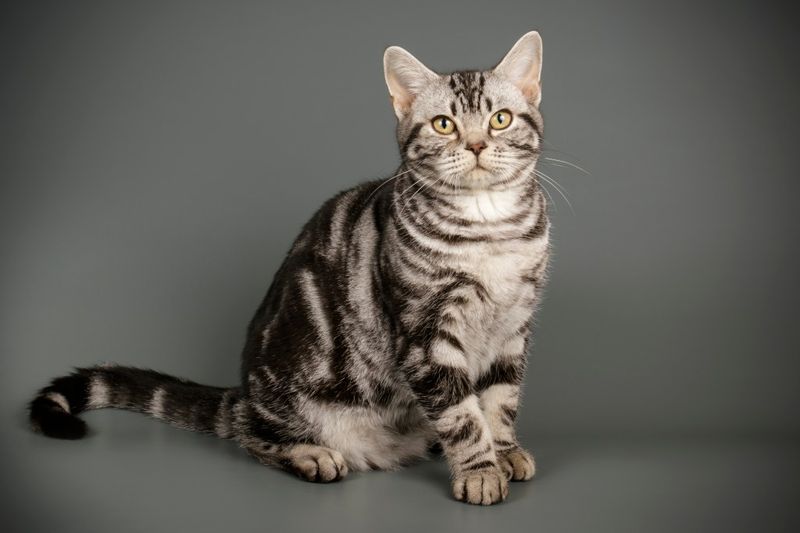
Sailing aboard the Mayflower alongside early settlers, these hardy mousers protected precious food stores from rodents. Originally working cats, they evolved into the balanced, adaptable companions we know today.
With more than 80 color combinations, American Shorthairs blend athletic ability with easygoing personalities. These cats offer 15-20 years of companionship, making them America’s living connection to its colonial past.
4. American Curl: The Ear-Resistible Innovation
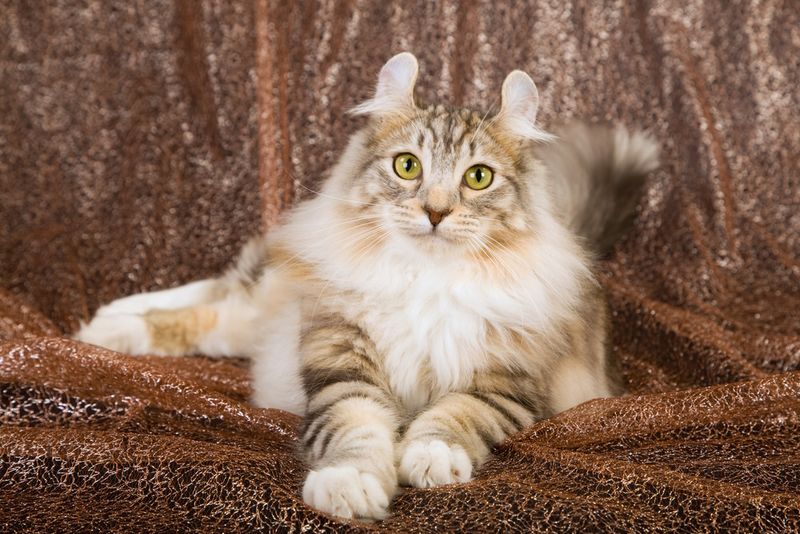
A genetic quirk created one of America’s most distinctive breeds. In 1981, a stray black cat with peculiar backward-curling ears appeared at the Rugas’ California home. Named Shulamith, this unique feline became the foundation of the American Curl breed.
The distinctive ear shape results from a spontaneous mutation affecting cartilage. Remarkably, Curl kittens are born with straight ears that gradually curl backward during their first weeks of life.
5. American Wirehair: The Springy Surprise
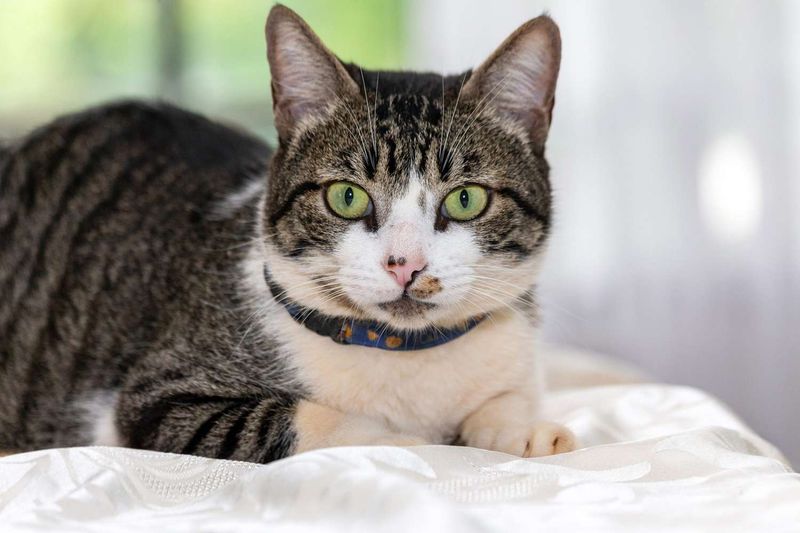
Springing from a spontaneous mutation in a barn cat litter in upstate New York in 1966, this breed’s crimped, springy coat feels like steel wool. Each hair is hooked or crimped, creating a unique texture unlike any other cat.
Council Rock Farm’s owner noticed one unusual kitten whose wiry coat resembled that of wire-haired terriers. Genetic studies confirmed this was a completely new mutation, making the American Wirehair the rarest of all American-developed cat breeds.
6. Bombay: The Mini-Panther From Kentucky
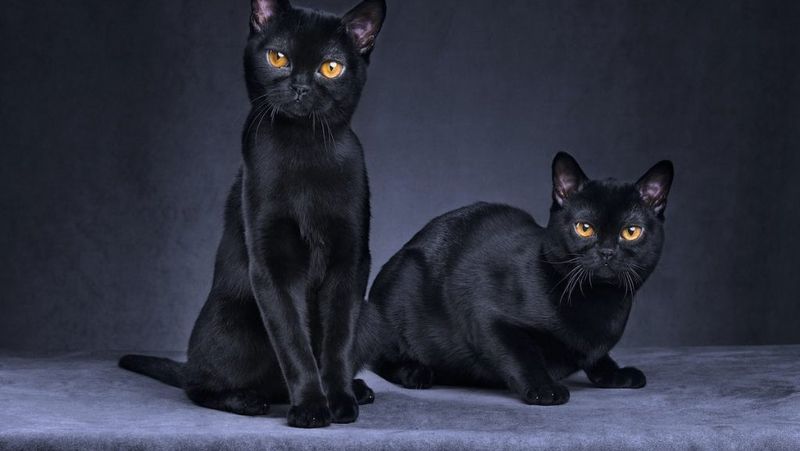
Looking like a miniature black panther prowling through your living room, the Bombay was created in Louisville, Kentucky during the 1950s. Breeder Nikki Horner specifically wanted to develop a domestic cat resembling a wild black leopard.
By crossing sable Burmese with black American Shorthairs, she achieved her vision. Despite the exotic name suggesting Indian origins, Bombays are purely American creations. Their copper-penny eyes gleam against coal-black coats that feel like warm satin.
7. Savannah: The Wild Child Of America
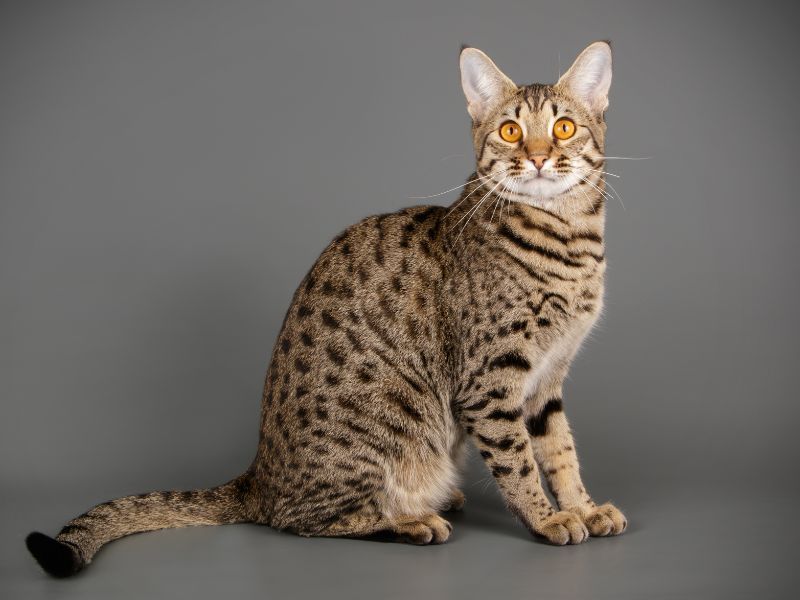
Born in the 1980s, Savannahs resulted from crossing domestic cats with African Servals. Breeder Judee Frank created the first Savannah cat in Pennsylvania, naming her “Savannah” after the serval’s natural habitat.
These spotted stunners can reach 20 pounds and stand as tall as medium-sized dogs. With their long legs, spotted coats, and dog-like loyalty, Savannahs break the aloof cat stereotype. Early generations often enjoy playing in water—a trait inherited from their wild ancestors.
8. Pixiebob: The Bobcat Lookalike
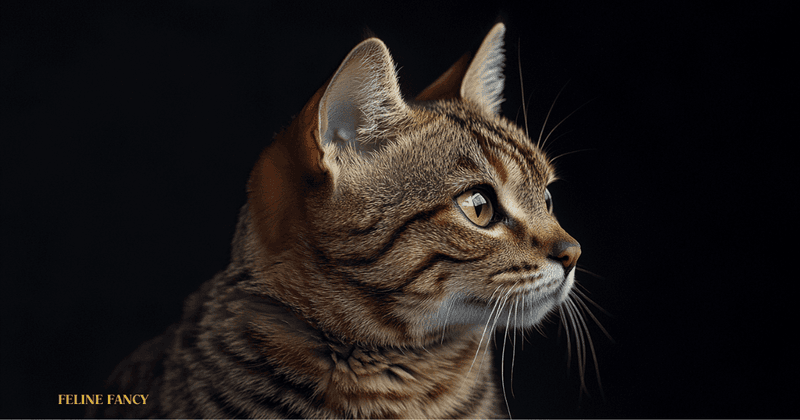
Carol Ann Brewer created this breed in the Pacific Northwest during the 1980s. Legend claims Pixiebobs descended from natural matings between bobcats and domestic cats, though genetic testing hasn’t confirmed this romantic origin story.
With their bobbed tails, spotted coats, and lynx-like ear tufts, they certainly look wild. Many Pixiebobs sport extra toes, with some having up to seven toes per paw! Despite their rugged appearance, they’re known for puppy-like devotion to their families.
9. Sphynx: The Hairless Wonder
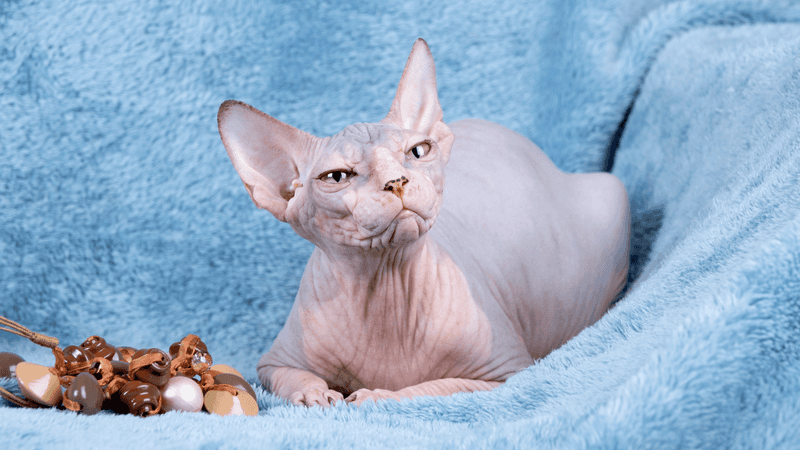
The Sphynx cat, often recognized for its lack of fur, is a breed that sparks curiosity and affection alike. First appearing in Canada and later popularized in the U.S., this breed is known for its warm skin and affectionate disposition.
Without a fur coat, the Sphynx demands more attention to skin care, but it compensates with its loving and social nature. These cats are often compared to dogs due to their loyalty and eagerness for interaction.
Despite its modern appearance, the Sphynx’s lack of fur is a natural genetic mutation, adding to its allure. This breed’s charm lies not just in its appearance, but in its vibrant personality that warms every household.
10. Turkish Van: The Swimming Mystery
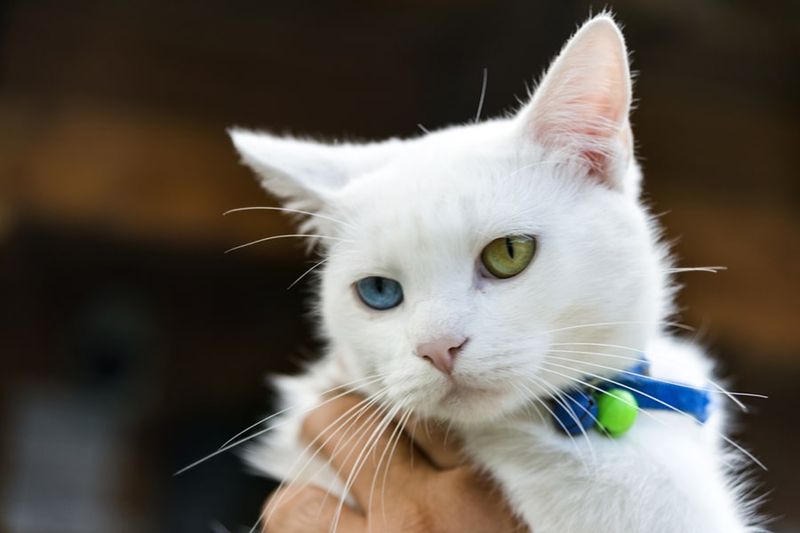
Despite its Turkish name, heated debates continue about this water-loving cat’s true origins. While traditionally linked to Lake Van in Turkey, some researchers suggest these cats may have developed elsewhere.
Their unique “van pattern” – white bodies with colored heads and tails – appears in ancient artworks across multiple regions. Most puzzling is their unusual love of swimming, earning them the nickname “swimming cats.” Their water-resistant coats dry quickly after their aquatic adventures.
11. Norwegian Forest Cat: Viking Companion Or Modern Creation?
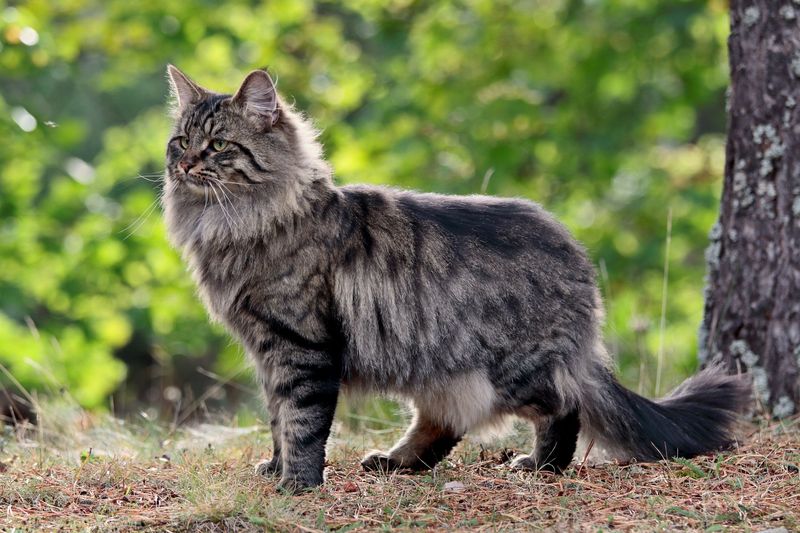
Folklore claims these magnificent forest dwellers accompanied Vikings on sea voyages, protecting food stores from rodents. However, some historians argue the modern breed was actually developed much more recently.
Their water-repellent double coats and hardy constitution certainly suggest adaptation to Scandinavian winters. The mystery deepens with references to large, long-haired cats in Norse mythology. Were these cats truly ancient companions, or skillfully bred to match romantic Viking legends?
12. Japanese Bobtail: Ancient Art Or Modern Fancy?
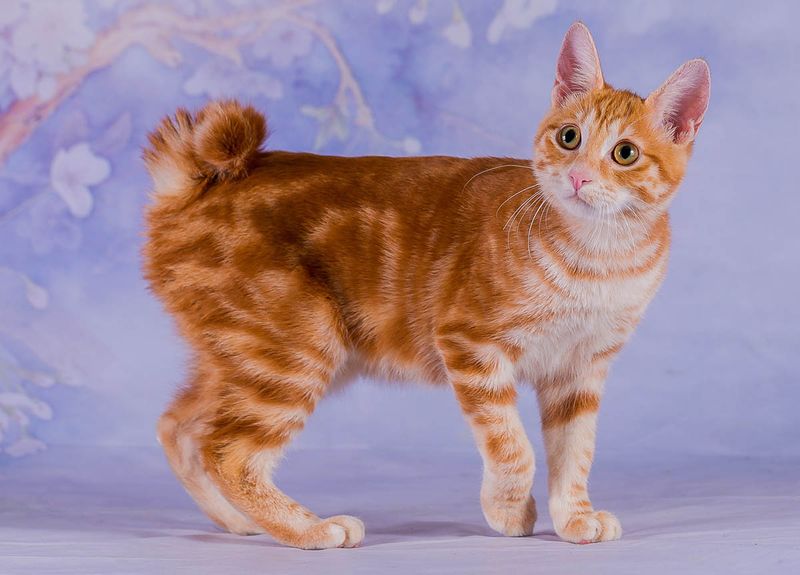
Appearing in Japanese art dating back centuries, these short-tailed cats feature prominently in cultural artifacts. The famous beckoning cat figurine (Maneki-neko) represents this distinctive breed.
Yet questions persist about whether today’s Japanese Bobtails truly descend from ancient cats or were recreated more recently. Their rabbit-like pom-pom tails result from a naturally occurring mutation. While Japan claims them as national treasures, historians debate whether modern specimens match their historical counterparts.
13. Russian Blue: Czarist Refugee Or British Creation?
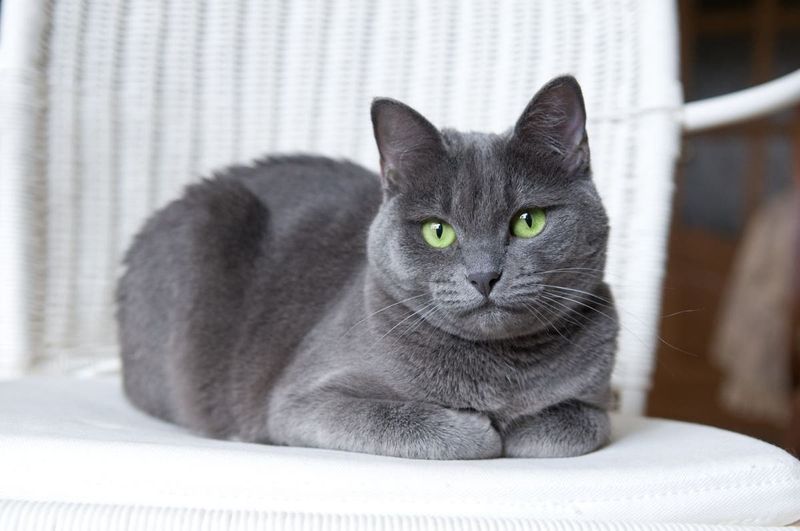
The plush-coated Russian Blue’s history remains surprisingly controversial. Some claim these silver-blue beauties arrived in England aboard ships from Archangel, Russia during the 1860s.
Competing theories suggest they were actually developed by British breeders who simply named them after their color and supposed Russian connections.
Their distinctive green eyes and silver-tipped fur create a shimmering effect called “ghost tabby.” During World Wars I and II, their numbers dwindled, forcing breeders to outcross, further muddying their genetic origins.
14. Siamese: Royal Thai Cats Or Something Else?
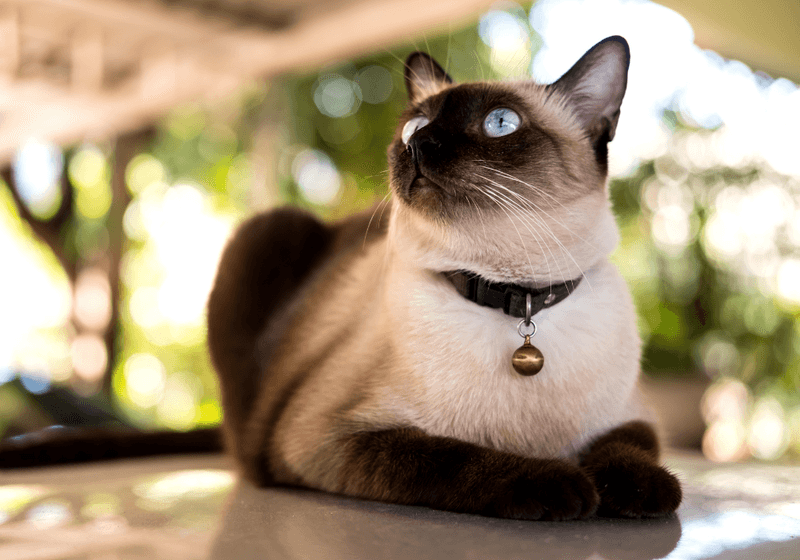
Traditional stories claim Siamese cats guarded Buddhist temples in ancient Siam (Thailand).
Their crossed eyes supposedly developed from staring at royal treasures, while kinked tails came from holding rings while princesses bathed. However, some researchers question these romantic tales, noting the lack of archaeological evidence before the 19th century.
The extreme body type of modern show Siamese differs dramatically from cats in early illustrations. Were they truly ancient temple guardians, or a more recent development selectively bred for their striking points?

